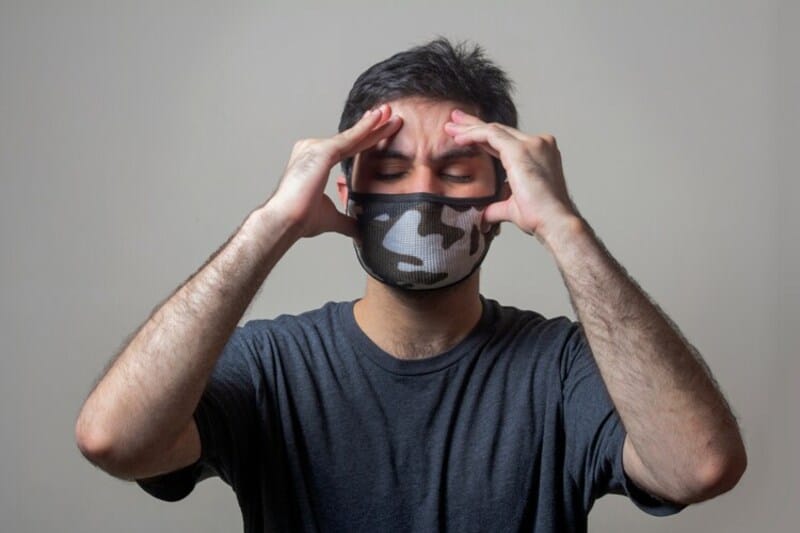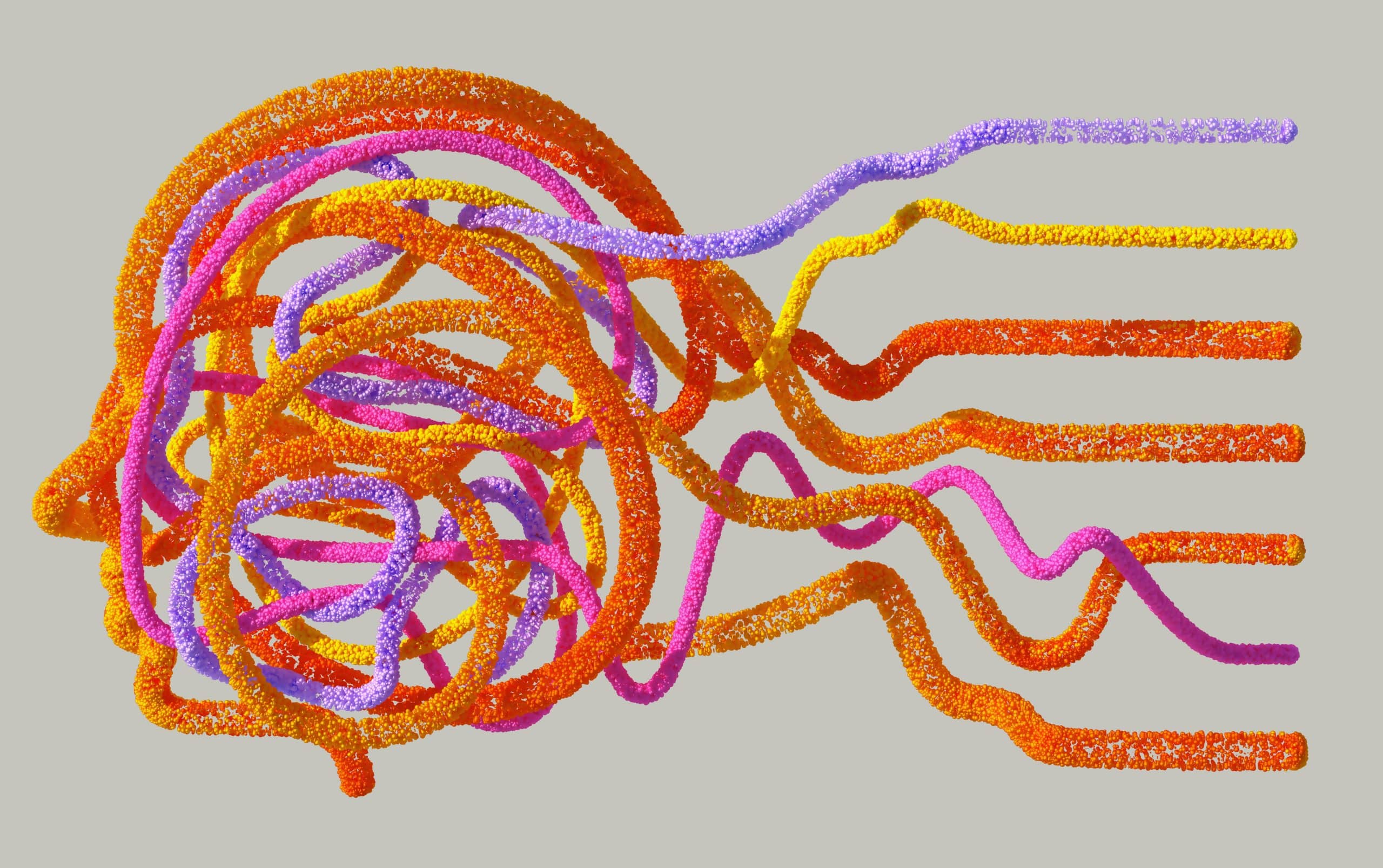As one of the most common health conditions, headaches can affect people’s lives in various ways. When an individual has a headache, they tend to experience pain in their face and head. Although most headaches are considered harmless, those who’ve had them mostly feel discomfort or pain that disrupts their livelihood. Despite their perceived harmlessness, other headache types can stem from a more severe underlying medical condition.
Understanding Headaches
To explain further, the pain in one’s head or face caused by headaches is often presented as throbbing, sharp, constant, or dull. Not only that, but they can cause pain that varies in severity, frequency, type, and location. Due to being a common health condition, they tend to be the most significant type of pain that people experience. Likewise, they’re the main reason why some people miss days of school or work and why others consistently seek a healthcare provider.
Primary Headaches
Surprisingly, it’s stated there are over 150 headache types, which are separated into two categories: primary and secondary. In particular, overactivity or dysfunction in the parts of the head that are pain-sensitive causes primary headaches and not an underlying health condition. Moreover, genetic predisposition may be a risk factor in developing the primary forms. Namely, these headache types include the new daily persistent headaches (NDPH), cluster headaches, migraines, and the most common, tension-type headaches.
A variety of lifestyle situations may trigger these primary forms to develop. Overall, these factors include processed foods with nitrates, nicotine smoking, sleep pattern changes, physical exertion, poor posture, meal skipping, and alcohol, specifically red wine, consumption. What’s more? Even normal human actions like laughing, sneezing, or coughing can trigger a primary headache to develop. Despite their pain, these primary forms aren’t typically life-threatening, but they can significantly impact one’s daily life for the worse.
Secondary Headaches
Unlike the primary forms, secondary headaches are usually symptoms of a present underlying medical condition. Similarly, these secondary types aren’t dangerous either, as they are typically resolved after treating the underlying issue. These types include sinus, medication overuse, or dehydration headaches. While these types are mostly harmless, other secondary types can indicate a potential or serious life-threatening condition. If left untreated, spinal headaches, for example, can cause serious complications such as seizures or subdural hematoma.
Another secondary type is thunderclap headaches, which are described as sudden and intense pain in the head that usually peaks within one minute. Although it isn’t fatal, the thunderclap type can signal head injuries, reversal cerebral vasoconstriction syndrome, brain bleeds, or a sudden increase in one’s blood pressure that requires immediate attention from a healthcare professional.
Differences Between Headaches and Migraines

Contrary to popular belief, a headache and a migraine are vastly different health disorders. For instance, migraines are considered a primary headache disorder that impacts only one side of someone’s head with throbbing pain. More than that, this neurological condition often consists of other deliberating symptoms. Not only do migraines make engagement in physical activity painful, but they can cause sensitivity to certain sounds, smells, and even light.
On the other hand, headaches can affect any person regardless of sex or age. According to Cleveland Clinic, around 96% of children, teens, and adults will experience a headache at some point. As for another fact? They state that about 40% of people will experience the tension-type globally, while roughly 10% will suffer from migraines.
Headache Prevention
Preventing a headache from happening is possible once its triggers are identified and avoided. So, if loud sounds trigger a headache in a person, they should avoid or have noise-canceling earphones around heavy machinery or large crowds to reduce their severity or frequency. Unfortunately, the causes of a headache depend on the person experiencing it, however, addressing common triggers may help suppress them. By eating certain foods, improving sleep habits, and fixing poor posture, they may prevent headaches altogether.
Despite determining other diseases, imaging tests and scans aren’t useful for diagnosing cluster or tension-type headaches or migraines. However, a healthcare provider may prefer imaging tests if they believe that someone’s headache coincides with another medical condition. Moreover, a headache stemming from issues within one’s central nervous system may rely on an MRI or a CT scan to confirm. Healthcare professionals use these tests to get cross-sectional images of their patient’s brains, allowing them to detect any underlying issues or abnormalities causing these headaches.
Final Thoughts
The good news is that one can treat the occasional and mildest forms with pain relievers whether prescribed or over-the-counter. However, relying on medication can lead to medication overuse headaches that can last a long time. That’s why, other self-care methods such as stretching exercises, head or neck massages, plenty of rest, or applying cold or heat packs to the head may work better to offer relief.
For those suffering from severe or frequent headaches, a healthcare provider can prescribe certain medications like triptans to prevent a headache as soon as it happens. An affected individual may also find prevention and support in drugs that aid with depression, high blood pressure, or seizures. Yet, before these approaches are considered, people should contact their healthcare professional to get the best treatment.
Disclaimer: This article is intended simply to provide information. It does not replace the medical advice of a physician or other medical professional. Please speak with your doctor or therapist if you have any questions or concerns.










